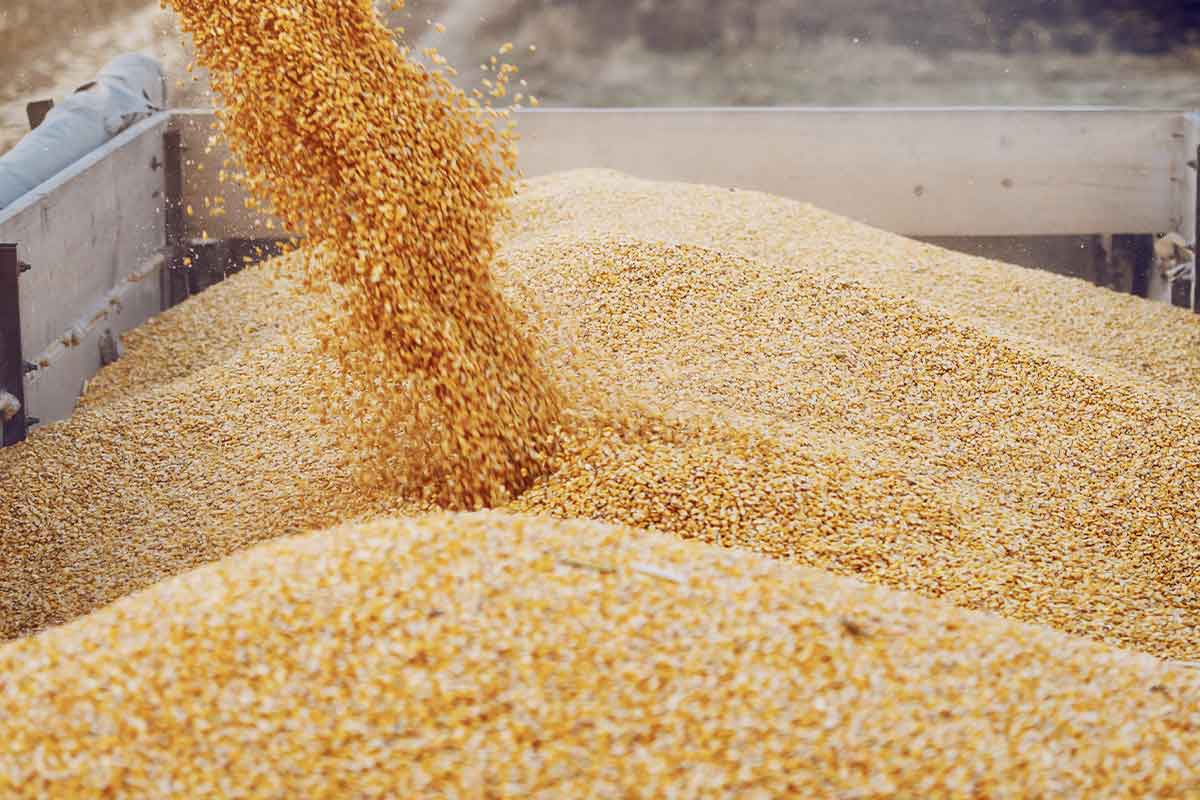When you’re new to the world of whiskey some of the terms that get thrown around on the subject might sound a bit odd. Take “mash bill” for instance. On the surface, this sounds like something Congress is trying to get passed, or maybe something regarding mashed vegetables. Instead, a mash bill is a list of grains that make up a particular style of whiskey, like bourbon. Whiskey makers use a variety of different mash bill recipes depending on if they’re making bourbon, rye or other styles of whiskey. This terminology is more commonly found in the US when discussing the ingredients in a whiskey, but it can be used for any type of whiskey made anywhere.
Bourbon Mash Bill Recipes
All whiskeys are made from grains, but some styles of whiskey require a particular grain percentage recipe. For example, bourbon mash bills (and Tennessee whiskeys) require at least 51% corn. Traditionally, most bourbon makers use a mash bill recipe made from corn, rye and malted barley, and often with 60-70% corn. Rye is considered to be the flavoring grain here with malted barley playing a small supporting role. Many well known brands of bourbon use a traditional bourbon mash bill including Wild Turkey, Jim Beam, and Buffalo Trace.
 Corn
Corn
However, if a maker decides to swap wheat for the rye in their bourbon, they’ve made a wheated bourbon. Wheated bourbons have a soft, round mouthfeel and the wheat grain brings a cracker-like flavor to the mix. Some popular brands include Maker’s Mark, Weller, Old Fitzgerald, and the highly sought after Pappy Van Winkle.
Conversely, if rye comprises 18% or more of the bourbon mash bill it’s considered to be a high-rye bourbon. Fans of high-rye bourbon appreciate the hearty and spicy profile that the increased rye brings to the party. Some brands to look for are Basil Hayden’s, Four Roses, Old Forester and Woodford Reserve.
Four and even five grain bourbon mash bill recipes are appearing in the market, particularly from craft distillers. These bottles certainly make an impression on the palate so be sure to give them a try. Some to keep an eye out for are Jeptha Creed, Laws, Black Button, and Bluebird Distilling among others.
Rye Mash Bill Recipes
For rye whiskey in the US, 51% rye is required. Many established rye brands opt for the bare minimum or just slightly more such as Rittenhouse Rye, Knob Creek Rye, and Old Overholt . Then there are some brands which are making “high-rye” rye whiskeys and use 70% or more rye, including Jack Daniel’s Tennessee Rye and Dad’s Hat. Also, Empire Rye requires a minimum of 75% rye which needs to be grown in New York State. Examples include Hudson Whiskey, Coppersea, Kings County, and Ragtime Rye.
And we can’t forget about the 95% rye 5% malted barley ryes made at Indiana’s MGP. This mash bill recipe has been sourced by brands such as Bulleit, Templeton, and dozens of others. Finally, there’re the 100% ryes like WhistlePig 10 Year and Lock, Stock, and Barrel made at Alberta Distillers in Canada that you should check out as well as Lot No 40 made at Hiram-Walker. Naturally, the higher the rye in your rye whiskey, the more robust and hearty the flavor.
Other Mash Bill Recipes
Currently malt whiskey in the US only requires 51% malted grain of any type. However, the American Single Malt Whiskey Commission has proposed that 100% malted barley be the required mash bill used for this proposed style. Numerous distilleries have signed on to this proposal and we wholeheartedly support this endeavor.
Canadian whisky can use any type of grains (more commonly called cereal grains there) in its production. Additionally, the 9.09% rule allows a flavoring spirit, aged for least 2 years, to be added. Single malt Scotch whisky and Irish single malt whiskey both require 100% malted barley. And single pot still whiskey is produced in Ireland from a mash of unmalted and malted barley, 30% of each is required. Additionally, up to 5% of other grains are allowed for this whiskey style.
Meanwhile, wheat whiskey requires 51% wheat to be used in its production and corn whiskey requires 80% corn. Now that you’ve got the mash bill recipes down, it’s time for you to go out there and start tasting!
Now that you know the mash bill recipes, it’s time to taste test.
With Distiller, you’ll always know what’s in the bottle before you spend a cent. Rate, Review, and Discover spirits. Head on over to Distiller, or download the app for iOS and Android today!
Want to enjoy Distiller ad-free? Join Distiller Pro today to support the Distiller platform and keep ads off of your screen.



